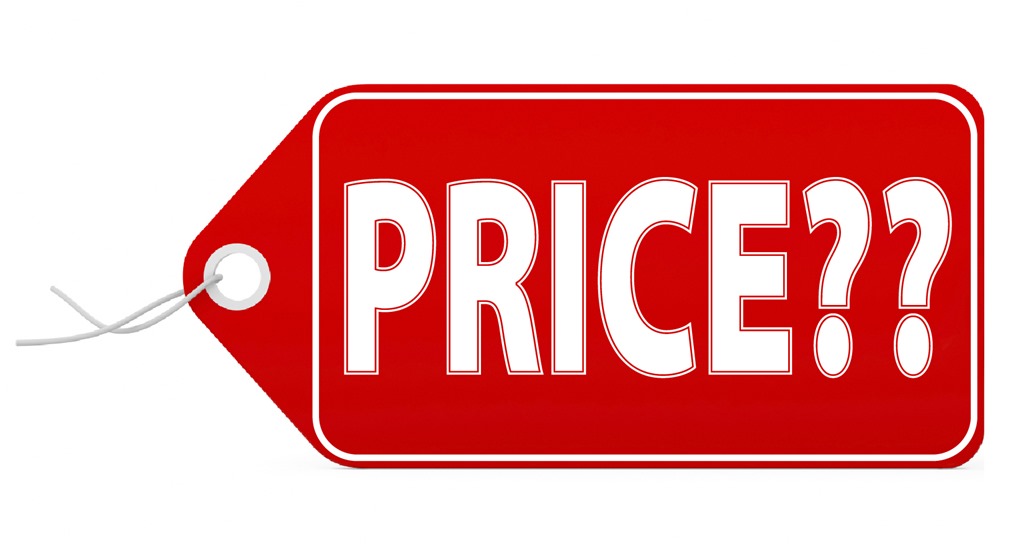Related Flashcards
Cards In This Set
| Front | Back |
|
106. Differentiation
means that differentiated units are put together so that work is coordinated
into an overall product.
True False |
FALSE
|
|
107. The
three broad levels of the organizational pyramid are commonly called the
organizational structure.
True False |
FALSE
The
three broad levels of the organizational pyramid, commonly called the hierarchy
include top, middle, and front-line management.
|
|
108. Effective
delegation usually results in the manager losing control of the work to be
accomplished.
True False |
FALSE
Effective
delegation leverages the manager's energy and talent and those of his or her
subordinates. It allows managers to accomplish much more than they would be
able to do on their own.
|
|
109. One
advantage of delegation is that it helps develop effective subordinates.
True False |
TRUE
Delegation
essentially gives the subordinate a more important job. The subordinate
acquires an opportunity to develop new skills and to demonstrate potential for
additional responsibilities and perhaps promotion.
|
|
110. The
three basic approaches to departmentalization are line, staff, and
matrix.
True False |
FALSE
|
|
111. The
functional structure would be most appropriate in complex and changing
environments.
True False |
FALSE
Functional
structures may be most appropriate in rather simple, stable environments rather
than those that are complex and changing.
|
|
112. Functional
departmentalization occurs in only large organizations.
True False |
FALSE
Functional
departmentalization is common in both large and small organizations.
|
|
113. Macy's
Group, has geographic divisions for its operations serving particular states or
regions of the U.S. Macy's uses a customer division.
True False |
FALSE
Macy's
uses geographical divisions, indicated by the regions mentions in the question.
|
|
114. The
primary advantage of both the product and customer/regional approaches to
departmentalization is the ability to focus on customer needs and provide
faster, better service.
True False |
TRUE
This is
true, but the duplication of activities across many customer groups and
geographic areas is expensive.
|
|
115. A
broker is someone who assembles and coordinates participants in a
network.
True False |
TRUE
|
|
116. The
presence of rules and regulations governing how people in the organization
interact is called formalization.
True False |
TRUE
|
|
117. Coordination
by mutual adjustment involves feedback and discussions to jointly figure out
how to approach problems and devise solutions that are agreeable to
everyone.
True False |
TRUE
|
|
118. Coordination
by plan deals with exact rules and procedures that spell out what needs to be
done and how.
True False |
FALSE
|
|
119. Today's
complex and dynamic organizations must either reduce the need for information
or process more information to cope with high uncertainty and heavy information
demands.
True False |
TRUE
|
|
120. An
organization chart conveys which of the following?
A. The work performed by each unit B. The best number of people that can generally be supervised C. How decisions are made D. Where the organization is located E. How the organization will interact with the external environment |
A. The work performed by each unit
The organization chart depicts the positions in the firm and the way they are arranged. The chart provides a picture of the reporting structure (who reports to whom) and the various activities that are carried out by different units. |






